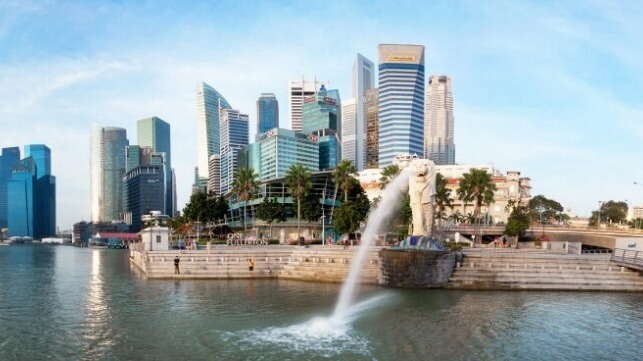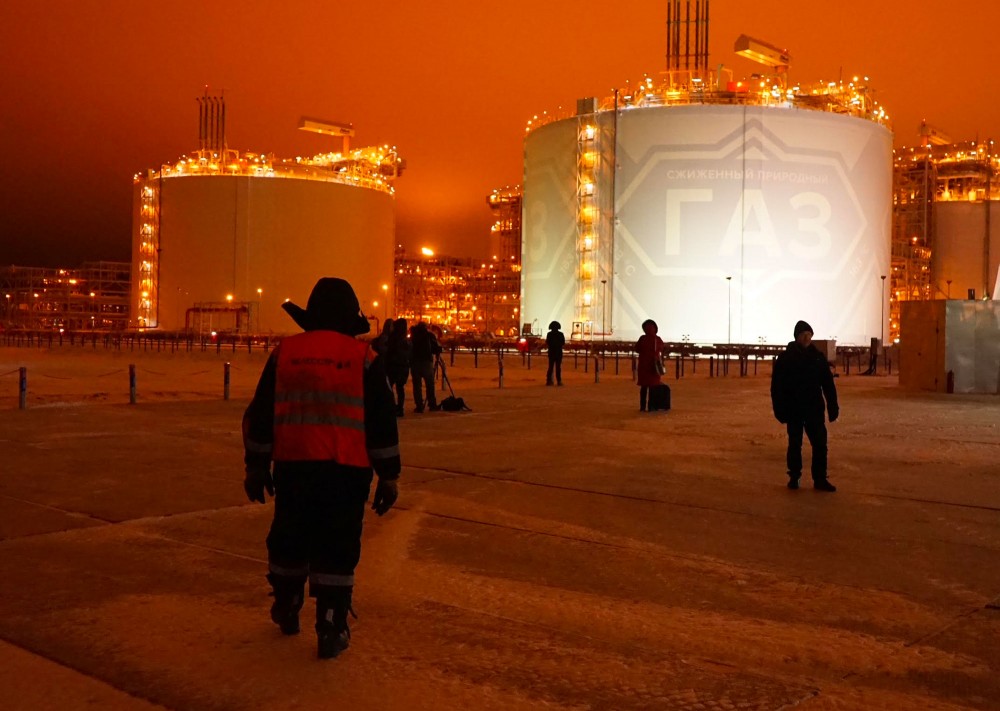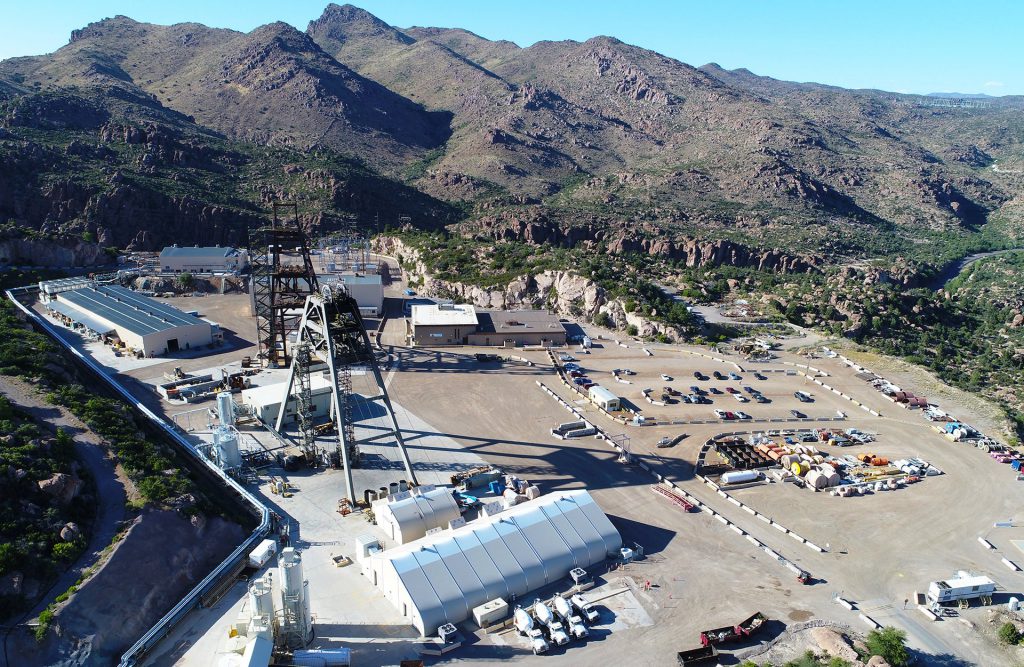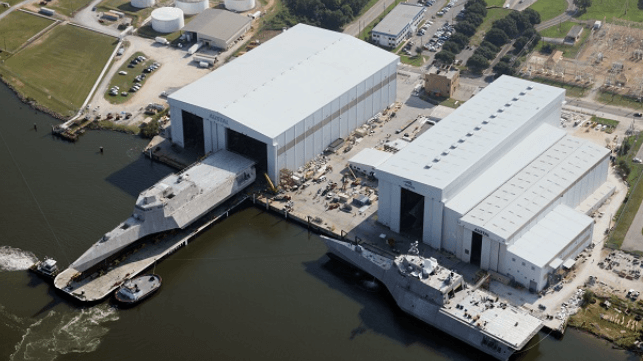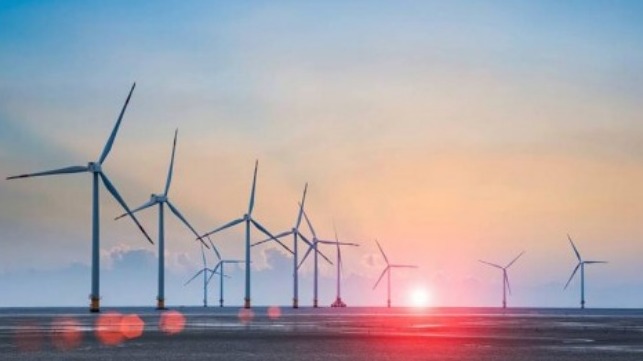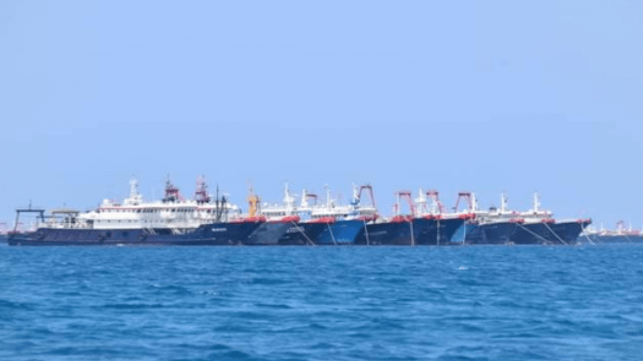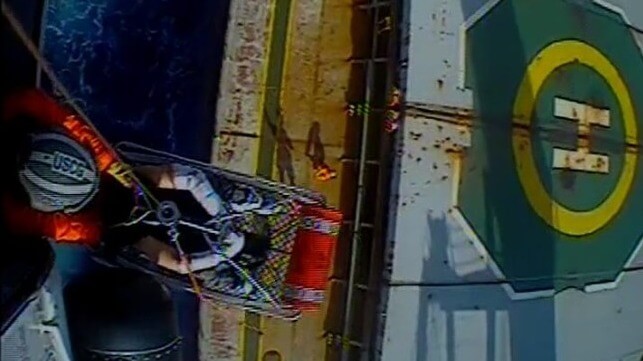THE COUNTRY NOT THE STATE
Georgia Arrests Man Who Tried To Sell Uranium In Tiny Bottle For $2 Million
Georgia's counterterrorism police have arrested a man who carried around uranium in a tiny glass bottle. Ilia Belkania, a 52-year-old living off social benefits, was planning to sell the little batch of nuclear material for $2 million, the State Security Service said on May 1.
State security officials released a video of a little bottle with a bright, greenish-yellow substance being checked with a radiation detector. The video also showed officials in balaclavas arresting Belkania at an unspecified wooded location and retrieving the vial from him. The seized material "contains the radioactive substance uranium and belongs to the category of nuclear materials," said Davit Kutateladze, spokesperson for the State Security Service.
The unemployed Belkania lived in a rural home in the western region of Samegrelo and was detained in the vicinity of the Black Sea port town of Poti. His elderly parents told news media that police raided their house shortly after the arrest. "I don't think my boy could have done such a thing," Belkania's ailing mother told reporters.
Officials have not elaborated on the provenance of the uranium or its prospective buyers, but the nation has long grappled with the smuggling of radioactive materials. Three men were arrested last year for storing unspecified radioactive substances at two different locations. The year before, police interdicted an attempt to sell americium 241, a radioactive isotope, for 300,000 euros.
Georgia uncovered a spate of radioactive smuggling cases in 2015 and 2016, including two attempts to sell uranium and one attempt to offload cesium-137, a by-product of nuclear fission. In none of these cases were the sources of radioactive materials ever publically disclosed. The region's only nuclear power plant, an aging Soviet-era facility, operates in next-door Armenia.
Following the collapse of the Soviet Union, branches of Soviet research institutions folded in Georgia, and the nation became strewn with orphaned radioactive leftovers. This offered rich picking grounds for smugglers. At that time all across the post-Soviet space "potatoes were guarded better" than nuclear fuel, to quote one Russian military prosecutor.
With funding from the United States, Georgia recovered hundreds of radioactive materials from abandoned research facilities in the 1990s. Late in the decade, the US removed uranium fuel of Soviet origin from a research reactor in Mtskheta, just outside capital Tbilisi. The US Defense Department has been equipping Georgia's main transportation nodes with radioactive detection equipment and providing training for the police forces.
Yet Georgia's borders remained porous to smugglers, not least because of the unstable situation around the boundaries of breakaway Abkhazia and South Ossetia. Smuggling continued through the 2010s, with petty peddlers hustling around bits of expensive and dangerous materials in whatever packaging they found handy. For the most part, substances carried were small in quantity but huge in potential consequences. In 2006, a Russian smuggler was famously arrested for carrying 100 grams of bomb-grade uranium in a sandwich bag.
With international, primarily American help, Georgia's defenses against nuclear materials peddling have improved significantly, but cases of smuggling persist suggesting that the nation is still part of a radioactive route.
By Giorgo Lomsadze via Eurasianet.org
